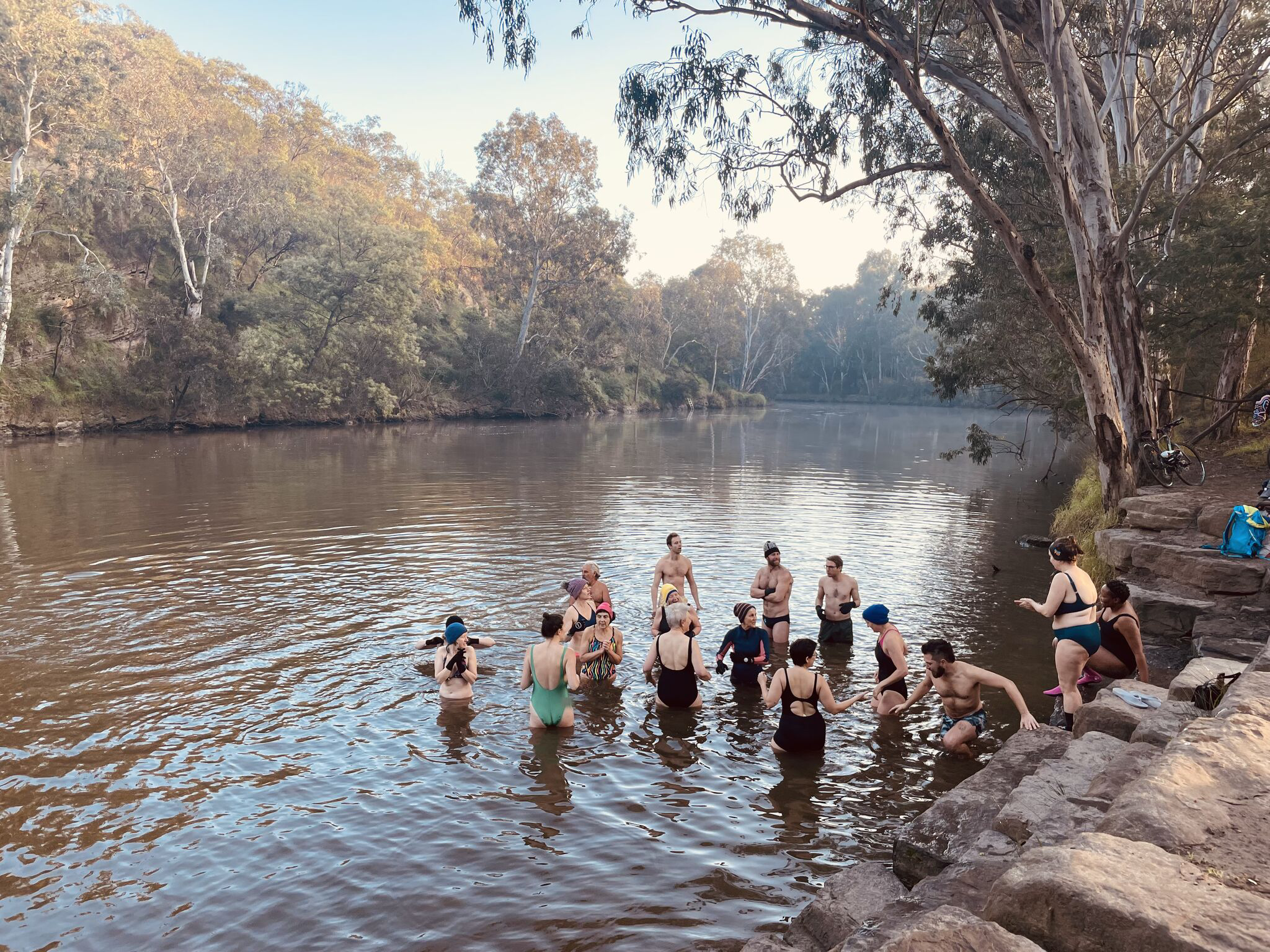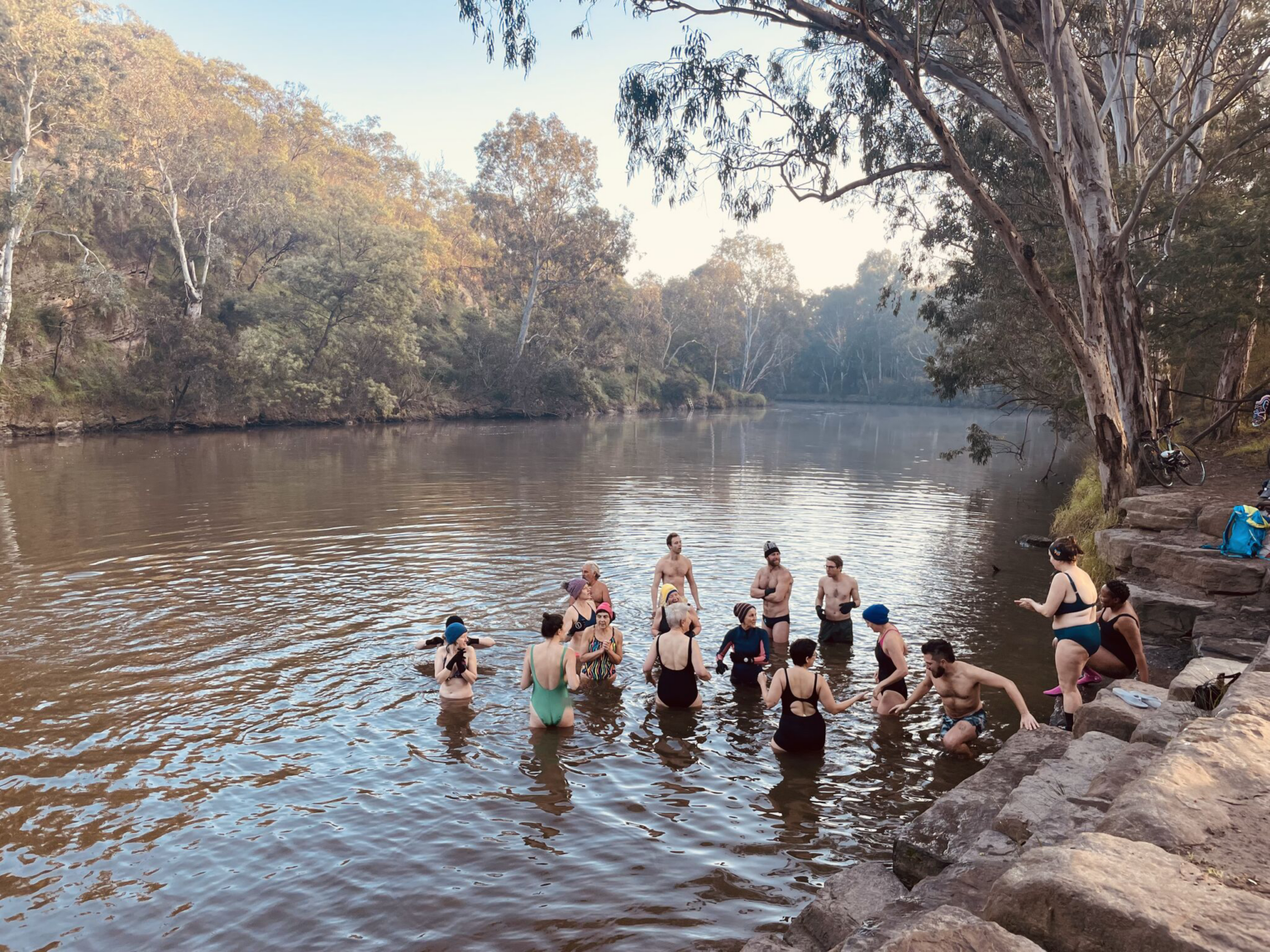The world watched in wonder and disbelief as Paris set about a major cleanup of the Seine River ahead of the Olympics – from hilarious campaigns to the Mayor of Paris swimming the Seine herself, Olympic organisers went to extreme lengths to prove the cleanliness of the river.
Now, Melbourne’s Yarra River is set to undergo a rebrand of a similar nature. Since forming in 2020, Regen Melbourne and a committed group of researchers, environmental advocates, Indigenous leaders, engineers, entrepreneurs, and environmentalists have been hatching a plan to make Melbourne’s Birrarung (Yarra) River swimmable.
B&T spoke with Regen’s CEO, Kaj Lofgren, about how he and his team are tackling this mammoth goal.
“We started to ask the question: how can we be useful? We’re conscious that we’re all members of too many online communities that maybe don’t push us to do much – we didn’t want to be just another network,” said Lofgren.
“Most social and environmental goals are heavily constricted by funding, culture, and imagination. These are the issues we were trying to fight against. We asked our partners to think about solutions as if none of these constraints existed – and the river kept coming up!”
“It came up from different angles, namely as a source of deep connection for many Victorians”.
“But also, in a pragmatic sense, most of the water we drink comes from the river,” added Lofgren.
The idea of creating a swimmable corridor from source to sea, Dights Falls to Port Phillip Bay, preoccupied the minds of Lofgren and the Regen Melbourne Alliance.
The Seine River cleanup and beyond
The Swimmable Birrarung initiative is part of a growing global trend of city river cleanups, namely the highly publicised cleanup of the Seine River ahead of the Olympics in Paris. Around €1.4b (AUD $2.3b) has resulted in the water now being bacteria-free 90 per cent of the time. Previously, it was ravaged by E. coli and enterococci.
“The cleanup of the Seine River is deeply inspiring. Both because of the successful outcome, a swimmable river, but also at a broader level – it’s a reminder we can do big things when we put our minds to it,” said Lofgren.
Oslo, Copenhagen, Vienna, Switzerland, and closer to home, Sydney’s Parramatta River, are all success stories of urban river swimming.
“Nursing yourself in water is perhaps the most visceral way of being reminded of the fact that we are nature. There’s no other feeling like that,” he added.

Fields of action to counter burnout
“I’ve worked in many complex project environments where burnout and overwhelm are high, and that’s the first thing that stops meaningful action,” Lofgren said. To counter this, Lofgren and his team created six fields of action that made the Swimmable Birrarung initiative more digestible.
The fields of action also allow partners to quickly get involved by recognising how their skills can best be used. The fields are storytelling, legal and policy, water health, business and enterprise, campaigns, building a movement, and swimming activations.
To build a movement, Regen Melbourne partnered with Yarra Riverkeeper Association (YRKA) on the Birrarung Riverfest, a 3-week-long celebration of the Birrarung River and its importance to the city. B&T spoke with Carolyn Tate, event producer at YRKA for this year’s Riverfest.
“The Riverfest was identified as a powerful point because of the orientation it gave people to the importance of the river in their everyday lives”.
“The event has brought together lots of exciting partners. We work with Riverfest as a strategic partner – our role is to convene and rally others to partake and add to the growing event”.

Imagination deficit
Lofgren identified funding, culture, and imagination as three critical blockages to achieving big things. Imagination was a particularly powerful one, he argued. “We’re suffering from an imagination deficit at the moment. It could well be our biggest hurdle. We have choices as humans living in cities, and we need to reclaim our choices,” said Lofgren.
“Imagination and creativity are what media and comms people are brilliant at. I suspect it’s an underestimated superpower. Small contributions at the right time can have a massive impact,” he added.
The media industry has a significant role to play when it comes to challenging assumptions and helping to encourage positive changes through its storytelling capabilities.
“We need comms and creative people to make campaigns that answer questions like, what is the narrative of our city? What’s our message? These narratives can have real implications and create positive change”.








